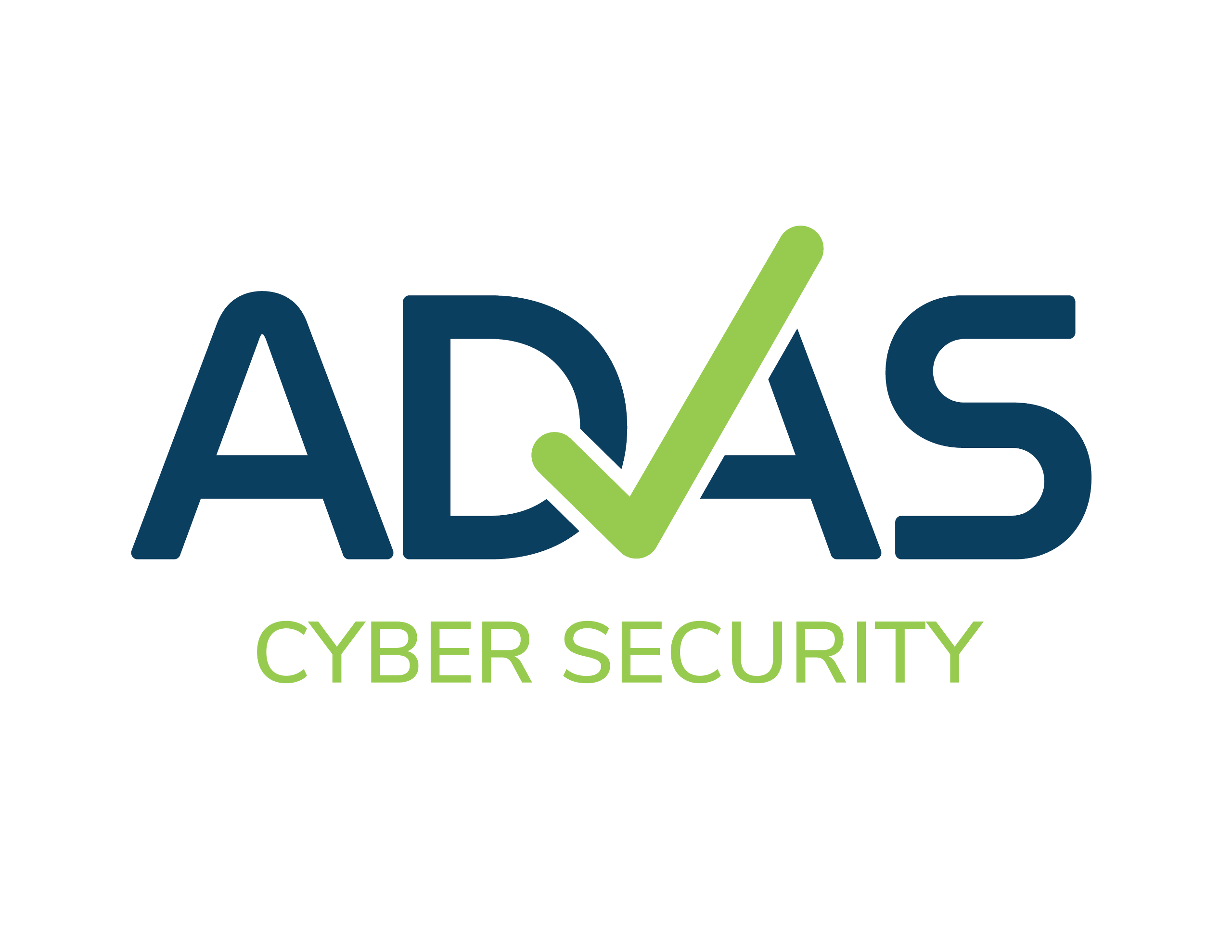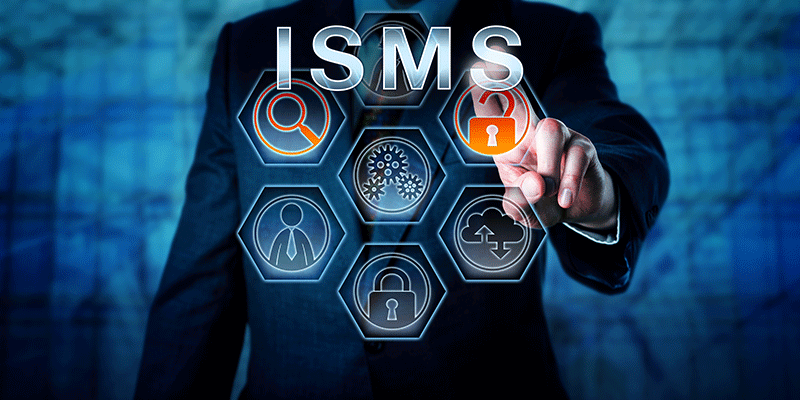Leveraging an Electronic Information Security Management System (e-ISMS) for Achieving Certification
In the ever-evolving digital landscape, organisations are facing increasingly sophisticated threats to their data security. Information Security Management System (ISMS) is a comprehensive framework designed to safeguard sensitive information and minimise potential risks. To streamline ISMS implementation and ensure continuous improvement, many organisations are turning to electronic solutions. In this article, we explore the benefits of an electronic Information Security Management System (e-ISMS) in helping achieve and maintain ISO 27001:2022 or IASME Cyber Assurance certification.
Implementing an e-ISMS significantly improves operational efficiency by automating various processes. With a centralised electronic platform, organisations can more effectively manage and track security-related activities, such as risk assessments, policy distribution, incident management, and compliance tracking. This increased efficiency saves time and reduces administrative costs, allowing organisations to allocate resources more effectively.
A robust e-ISMS provides a collaborative workspace that enables seamless communication among stakeholders across departments and locations. This fosters a proactive security culture and facilitates knowledge sharing. With shared access to documents and real-time updates, employees can collaborate more efficiently, driving better decision-making and ensuring everyone is aligned with security objectives.
Achieving ISO 27001 or IASME Cyber Assurance certification requires effective governance and risk management. An e-ISMS provides a structured framework to identify, assess, and mitigate risks. Through automation, organisations can streamline risk assessments, issue management, and control implementation, ensuring compliance with ISO 27001:2022 or Cyber Assurance (v.6.0) requirements. Real-time reporting and analytics capabilities further enhance risk-based decision-making, helping organisations stay one step ahead of potential threats.
Compliance with industry regulations and standards is critical in today's business environment. An e-ISMS aligns security practices with the ISO 27001:2022 standard, ensuring the organisation remains compliant and up-to-date with evolving regulatory requirements. The system can assist in mapping security controls to relevant regulations, facilitating audits, and simplifying the process of demonstrating compliance to regulatory bodies.
ISO 27001 and Cyber Assurance certification requires organisations to demonstrate continuous improvement in their information security practices. An e-ISMS provides tools to monitor, measure, and track key performance indicators (KPIs) related to security. Robust reporting capabilities enable organisations to generate comprehensive audit reports, showcasing adherence to ISO 27001 requirements. Auditors can easily access and review evidence from the e-ISMS, making the auditing process more streamlined and efficient.
Conclusion:
Adopting an e-ISMS is a strategic decision that offers numerous benefits in achieving and maintaining ISO 27001:2022 or Cyber Assurance certification. From increased operational efficiency and cost savings to improved collaboration and communication, an electronic solution streamlines the implementation and management of ISMS. With enhanced governance, risk management, regulatory compliance, and continuous improvement capabilities, organisations can effectively protect their sensitive data and mitigate cybersecurity threats. By leveraging an e-ISMS, organisations can confidently demonstrate their commitment to information security and gain a competitive edge in an increasingly interconnected world.

